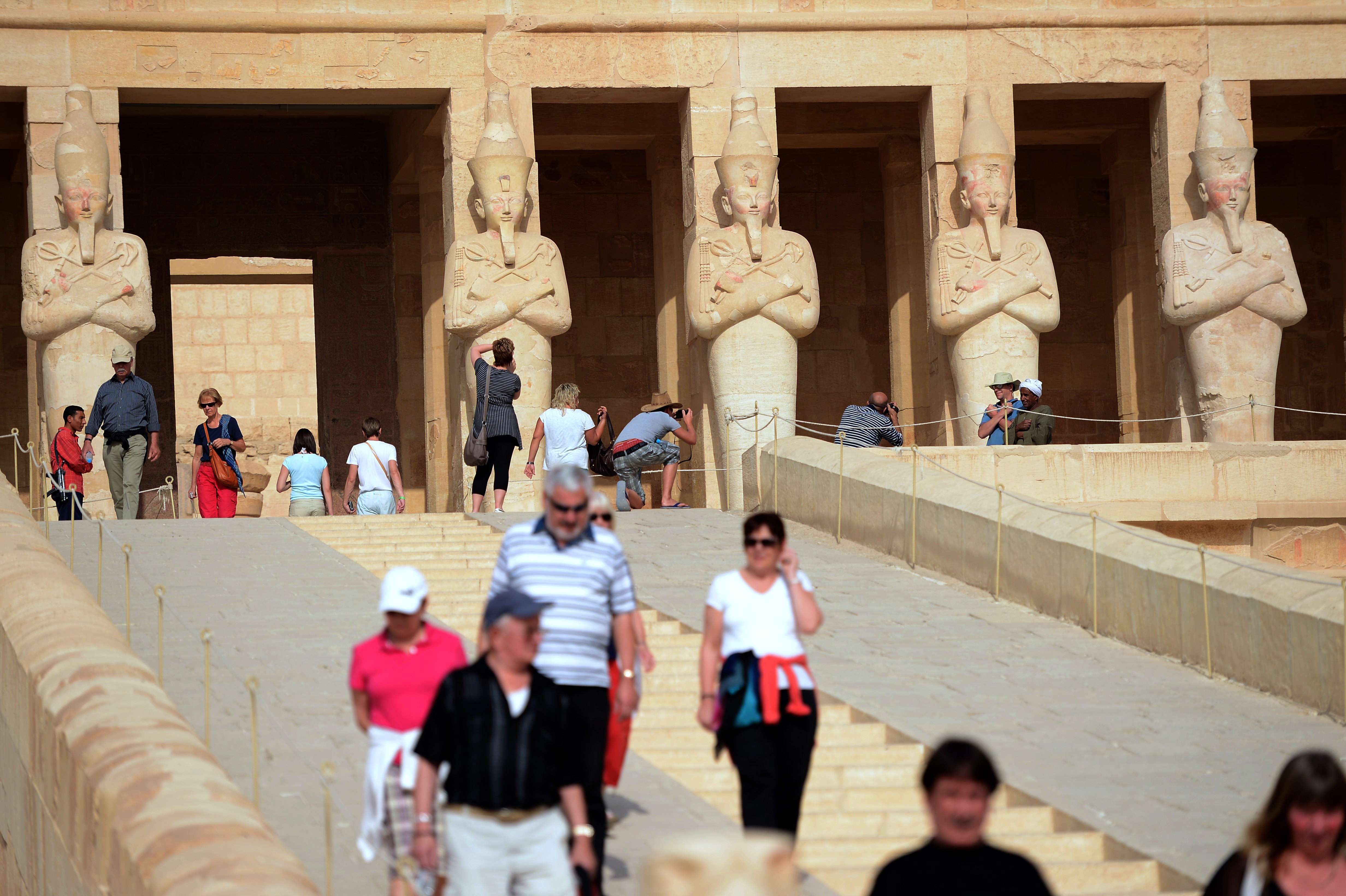JERUSALEM: Bringing religion into the Arab-Israeli conflict cannot be avoided. It is already part of the conflict and has been from its inception. But in public discourse the deeper cultural and religious roots of the conflict are usually omitted.
The Arab-Israeli conflict is a function of a parallel renewal by both Jews and Arabs of an earlier “heroic era that has become central to the narratives of both sides. Both stories are steeped in religious and cultural significance and must, therefore, be made integral to any conflict resolution process.
The Zionist movement proposed the solution that the Jewish people needed to renew themselves on the model of the Jewish civilization during the time of the Bible in their ancient homeland. Although many early Zionists rejected traditional Jewish practices that they equated with passivity, they were steeped in the ethos of the Bible, which was at the foundation of their longing for the Land of Israel and also motivated the revival of the Hebrew language. An entire new cultural ethos was created of a new and proud Jew who could farm the land and, if necessary, defend it as in the time of the Bible while developing a progressive society based on the legacy of the Hebrew Prophets.
In parallel, the Arab awakening, which also occurred in the 19th century, sought to inspire the Arab peoples with the memory of the earlier Arab Islamic empire, which was intended to replace the prevailing sense of decline of Arab identity and subjugation by outside powers. Increased pride in Arabic language and literature along with identification with the Arab Golden Age – which was connected to the rise of Islam – were central motifs. The Arab nationalist movement, which was the political expression of this deeper process, intertwined both religious and nationalist themes in which identity was affected by the legacy of Islam particularly as it perceived the nascent Zionist movement.
The two movements began to collide in the 20th century as their conflicting visions and narratives regarding the same land were made more acute by powerful demographic and political dynamics.
In 2009, this same conflict of narratives – which I believe is motivated by religious identity – still lies at the basis of the Israeli-Palestinian conflict. A purely secular discourse is unable to address these deeper roots. For any conflict resolution process to be meaningful it must address and somehow reconcile these conflicting narratives.
Indeed, there is greater urgency to adopt this approach as both the Jewish religious community of Israel has become larger and more self-confident and Muslim commitment throughout the Arab world has become stronger in recent years.
I began my own work in Israeli-Palestinian dialogue in the 1990s by involving my students at Bar-Ilan, a Jewish religious university, in discussions with Palestinian students from the University of Hebron, an Islamic institution. For over five years students met on a regular basis and in a fascinating manner found religion as a basis of common ground.
They discovered the very similar structure and practices of Islam and Judaism. Finding great similarities in the practice of prayer, mourning, even bioethics, for example helped “humanize each side to the other.
Students then had the opportunity to discuss more divisive political issues but in a calmer, more thoughtful environment.
Finding such commonalities, although worthwhile, is only a first step to a deeper process. The second step, which the first facilitates, entails identifying the religious and cultural basis of each side’s attachment to the same land. This realization can lead to an escalation of conflict, but it can also open the door to a realization that both sides will have to accommodate the existence of the other.
This can happen despite the fact that in the earlier “heroic periods the other side did not exist. The Jewish civilization in the Land of Israel during the time of the Bible existed before the rise of Islam, and during the Islamic empire the Jews were no longer an active, independent political force in the region.
There is also a third step in the process, which involves the more elevated, transcendent hopes within religions, such as the striving for human dignity, righteousness and peace. A discussion on this higher plane can encourage both Israelis and Palestinians, not to relinquish their respective narratives and aspirations, but to see the building of the Holy Land as a common animating theme that can be pursued cooperatively.
Thus a religious-based strategy works on several levels. It can encourage Israelis and Palestinians to identify cultural commonalities that can, in turn, improve mutual perceptions. These could open the way to a deeper exploration of their ties to the same land.
Finally, transcendent religious values can motivate a vision for a worthy life in the Holy Land, and serve as the underpinning of a political process. Such an approach can reach places that purely secular conflict management approaches cannot, and therefore must be taken seriously by policymakers engaged in the peace process.
Dr Ben Mollov teaches political science and conflict management at Bar-Ilan University in Israel where he runs the Project for the Study of Religion, Culture and Peace. This article was written for the Common Ground News Service (CGNews).

